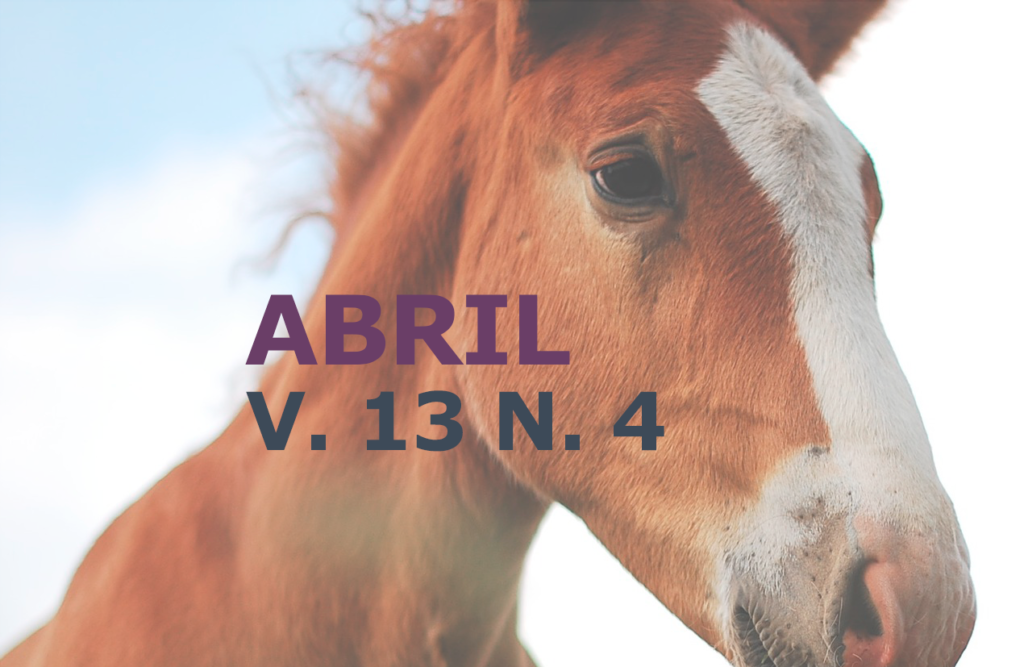Hydrotherapy and/or electrotherapy for tissue repair in rats denervated
DOI:
https://doi.org/10.31533/pubvet.v13n4a320.1-8Keywords:
Wistar rats, long digital extensor muscles, superficial digital flexor, tibia, sciatic nerveAbstract
Trauma that resume in nerve disorder resulting in atrophy, affecting slow muscle fibers as well as fast ones, resulting in the reduction of the diameter of these fibers and the muscle strength. The main characteristics of the changes in the musculoskeletal system are related to the reduction of the muscle and bone mass. The relationship existing between bone modeling and the pumping action of muscles can be calculated from denervation experiments. In contrast to muscle atrophy, this study believes that denervation causes muscle atrophy and believes electrotherapy and hydrotherapy can repair de damages caused by this denervation. So, the objective of this study is to test the hypothesis above through histomorphometry of long digital extensor muscles and superficial digital flexor and through biomechanical and densitometric analysis of the corresponding tíbia. We used 40 Wistar rats divided in: GC-control; GD-subjected to denervation; GH-subjected to denervation and hydrotherapy; GHE-subjected to denervation, hydrotherapy followed by electrotherapy and GE-subjected to denervation and electrotherapy. Each group had 20 treatment sessions, 5 per week. The animals were sacrificed and had their hindlimbs dissected to observe the mass, diameter and the quantity of muscle fibers and also density, mineral content and tibia mechanical parameters. All data passed by descriptive statistical analysis-average, Standard Deviation and Variance – ANOVA and Turkey Test to compare two by two, with a significance level of 5%. It can be concluded on the methodology aplied that denervation brings decrease in muscle properties, causing muscle atrophy, but it doesn´t entail losses in bone properties and the use of electrotherapy was able to reverse the fiber quantity.
Downloads
Published
Issue
Section
License
Copyright (c) 2019 Jamila Cristina Baptistella, Juliana de Carvalho Apolinário Coêlho, José Carlos Silva Camargo Filho, Roberto Carvalhal, Mário Jefferson Quirino Louzada, Tereza Cristina Cardoso

This work is licensed under a Creative Commons Attribution 4.0 International License.
Você tem o direito de:
Compartilhar — copiar e redistribuir o material em qualquer suporte ou formato
Adaptar — remixar, transformar, e criar a partir do material para qualquer fim, mesmo que comercial.
O licenciante não pode revogar estes direitos desde que você respeite os termos da licença. De acordo com os termos seguintes:
Atribuição
— Você deve dar o crédito apropriado, prover um link para a licença e indicar se mudanças foram feitas. Você deve fazê-lo em qualquer circunstância razoável, mas de nenhuma maneira que sugira que o licenciante apoia você ou o seu uso. Sem restrições adicionais
— Você não pode aplicar termos jurídicos ou medidas de caráter tecnológico que restrinjam legalmente outros de fazerem algo que a licença permita.





